This is a question I often ask Sales Managers.
Many of them respond that they do on the grounds of fairness. They try to distribute their time evenly between all team members and provide similar opportunities for coaching and development.
While I appreciate the intent, I disagree with the practice. At the end of the day, being a great sales manager doesn’t lie in giving your reps a similar dose of the same medicine, but rather in tailoring your prescription to each individual, even though it will likely result in a disproportionate amount of your time and energy spent with some reps and not with others.
Here’s what I recommend:
First, divide your team into thirds in order of performance – top 10%, middle 60% and bottom 30%. Many managers find this exercise difficult, as they’re reluctant to label certain reps as bottom performers. But it’s a critical first step in optimizing your coaching time.
Next, allocate your time with each rep according to his or her grouping.
Contrary to popular opinion, the bulk of your time should not be spent with the top performers (because they’re the most valuable), nor should it be spent with the bottom performers (because they have the most room for improvement). It should actually be spent with the middle 60%. The middle performers are the group that has the most to gain from focused skills coaching, and statistically speaking it’s with this group that you will see the biggest performance lift.
Of course, you should still allocate time for your top performers. But your time with this group should be spent focused on retention rather than skills coaching – are they happy in their current positions? Is there anything you can do to make their jobs better? Where do they see themselves three years from now?
Very little time should be spent with bottom performers. These sales reps can be an extreme “time suck” with very little payoff, and allocating the bulk of your time to coach the bottom tier very seldom translates into sales results.
So, is this a fair management strategy? Maybe not. But it is effective. It allows you to align your time and talents with the sales reps that stand to make the biggest gains, thus improving your ability to impact overall team performance and revenue generation. And at the end of the day, isn’t that what you were hired to do?





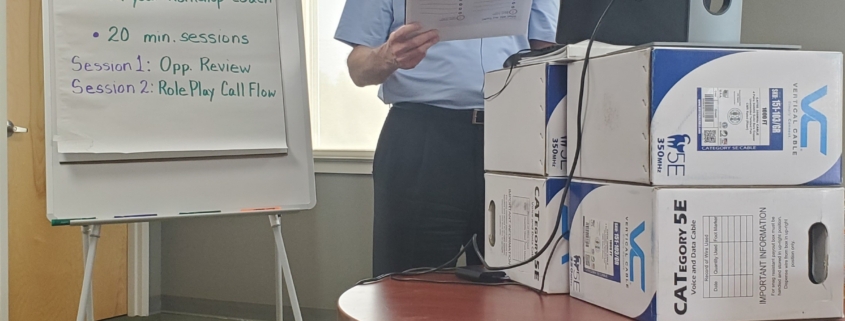
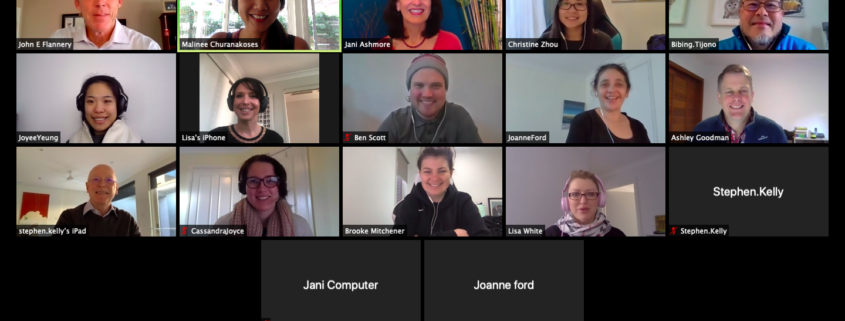
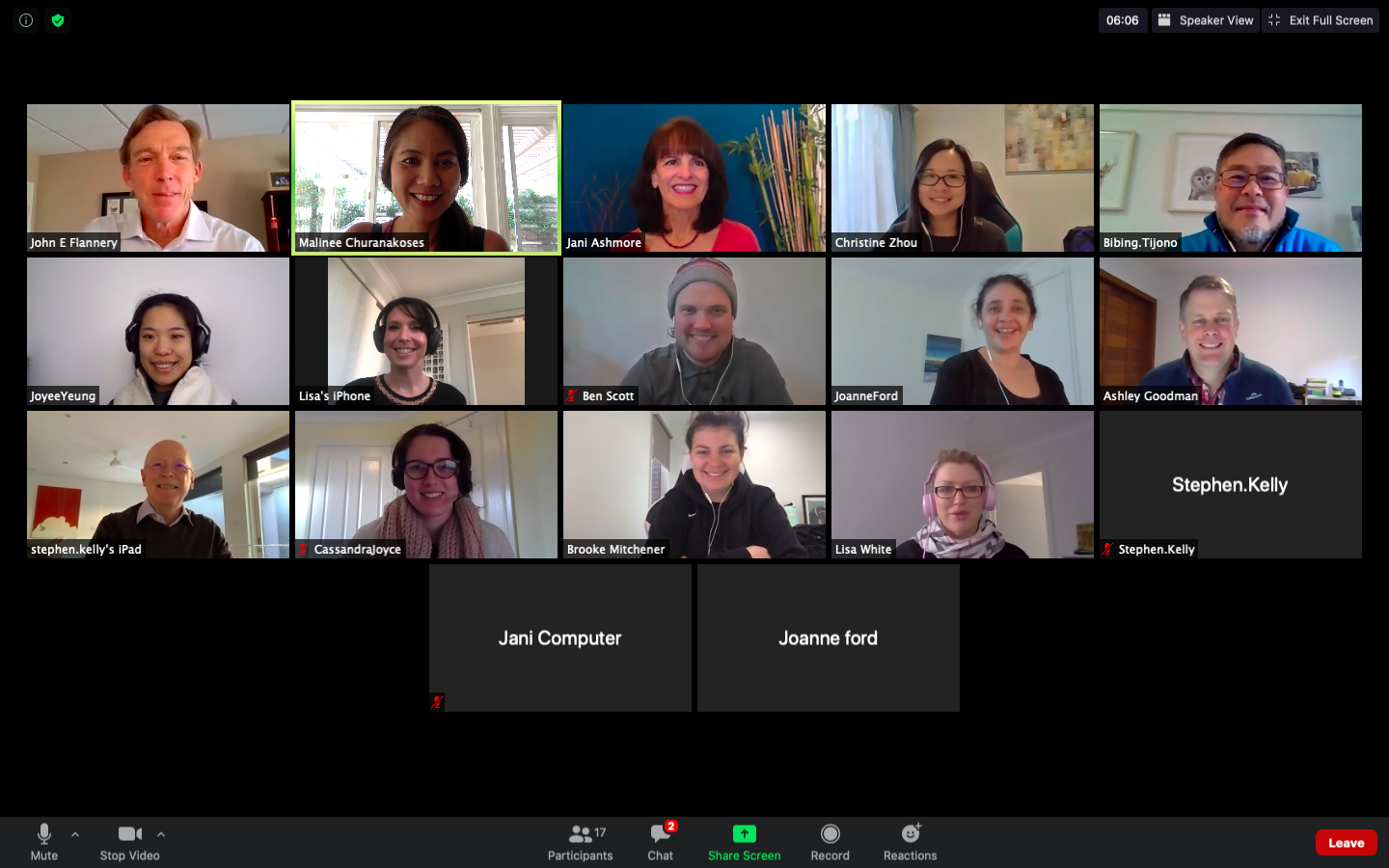
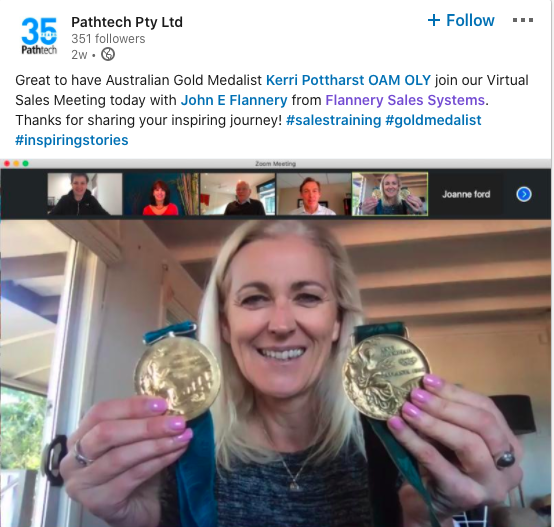
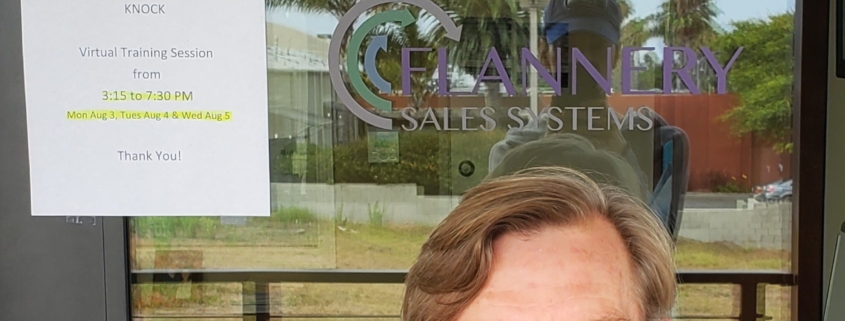
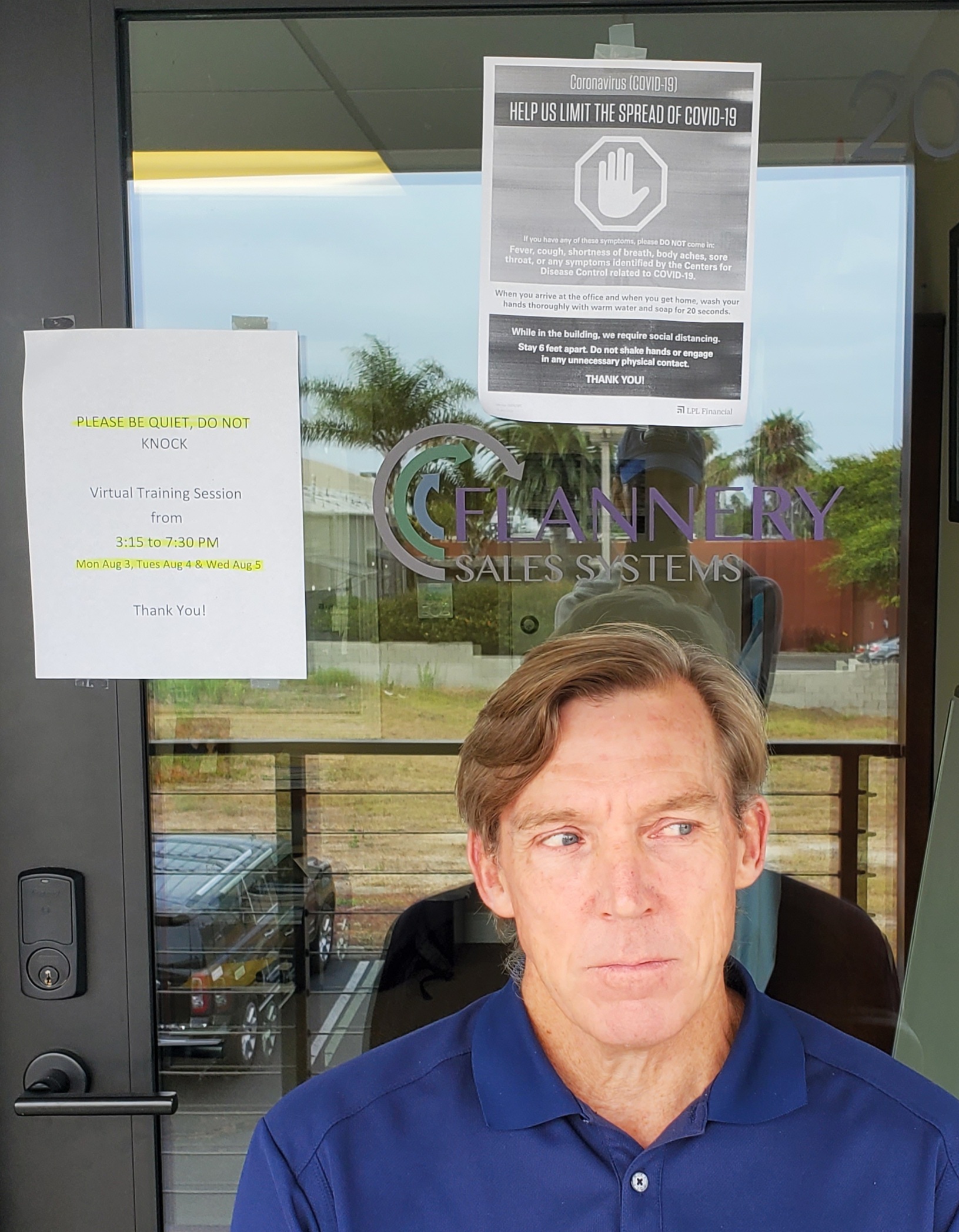
 This guest article was written by Chris Bullick. Chris is a Principal Consultant who is the Creator of the Sales Diagnostic Questionnaire (“SDQ”), he provides analysis and strategy for go to market strategies, corporate messaging, pipeline metrics, relationship building and winning presentations.
This guest article was written by Chris Bullick. Chris is a Principal Consultant who is the Creator of the Sales Diagnostic Questionnaire (“SDQ”), he provides analysis and strategy for go to market strategies, corporate messaging, pipeline metrics, relationship building and winning presentations.
